Researchers chemically analyzed a 2nd-century BC Bes vase and found that it once contained a concoction that altered states of consciousness.

The Bes vase still has traces of hallucinogens. Photo: Tampa Museum of Art
The team of researchers from various institutions in Italy and the United States identified the main ingredients in the ancient pot’s hallucinogenic compound, including two plants that produce a chemical similar to DMT or psilocybin, the modern hallucinogen. Their analysis revealed traces of Peganum harmala, Nimphaea caerulea, and a species of Cleome, all of which have sedative or medicinal properties, Popular Science reported on June 15.
According to the research team, the hallucinogenic compound in the Bes jar was used by members of an ancient cult that operated in Ptolemaic Egypt. This dwarf god was associated with the power to ward off evil spirits. Scientists analyzed organic residue collected from the jar, which is part of the Egyptian collection at the Tampa Museum of Art in Florida. Using a combination of high-tech methods, they were amazed at what they found.
The key ingredient in hallucinogens is a plant called Peganum harmala, also known as Syrian rue. The seeds of this plant produce harmine and harmaline, compounds that produce dream-like images. Syrian rue is still used today, combined with other plants to create a drink that has similar effects to the South American plant ayahuasca.
The second most potent hallucinogenic plant in the compound was the blue water lily (Nymphaea caerulea). Combining all the data, the team concluded that the ancient Egyptians used it for ritual purposes. In addition, chemical analysis revealed that the compound in the jar also contained some human fluids such as blood and milk.
According to scientists, by eating hallucinogenic compounds, the Egyptians thousands of years ago wanted to open the door between dimensions to meet the god Bes, the powerful god whose protection they sought.
An Khang (According to Popular Science/IFL Science )
Source link



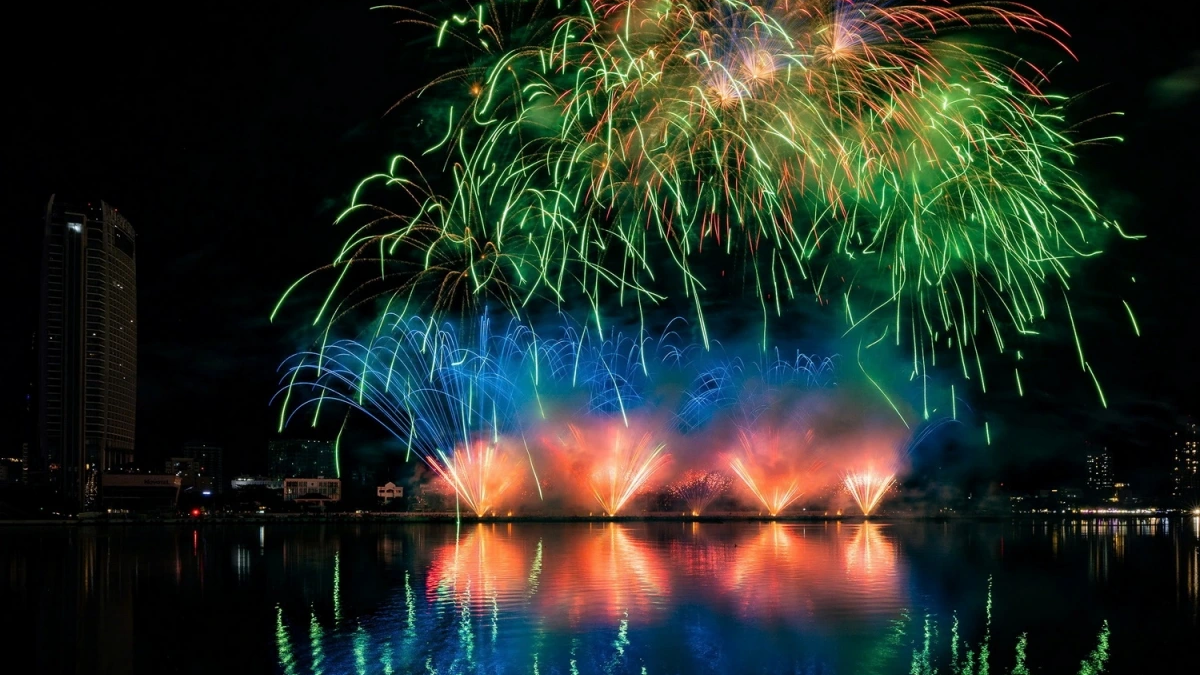

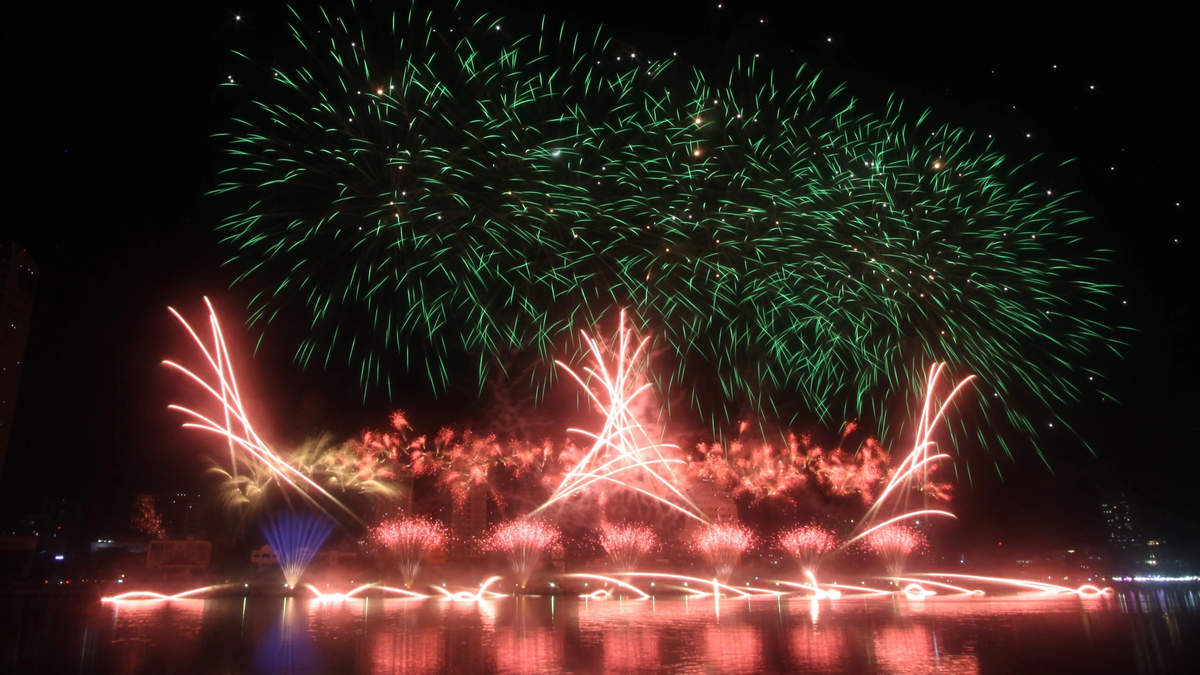

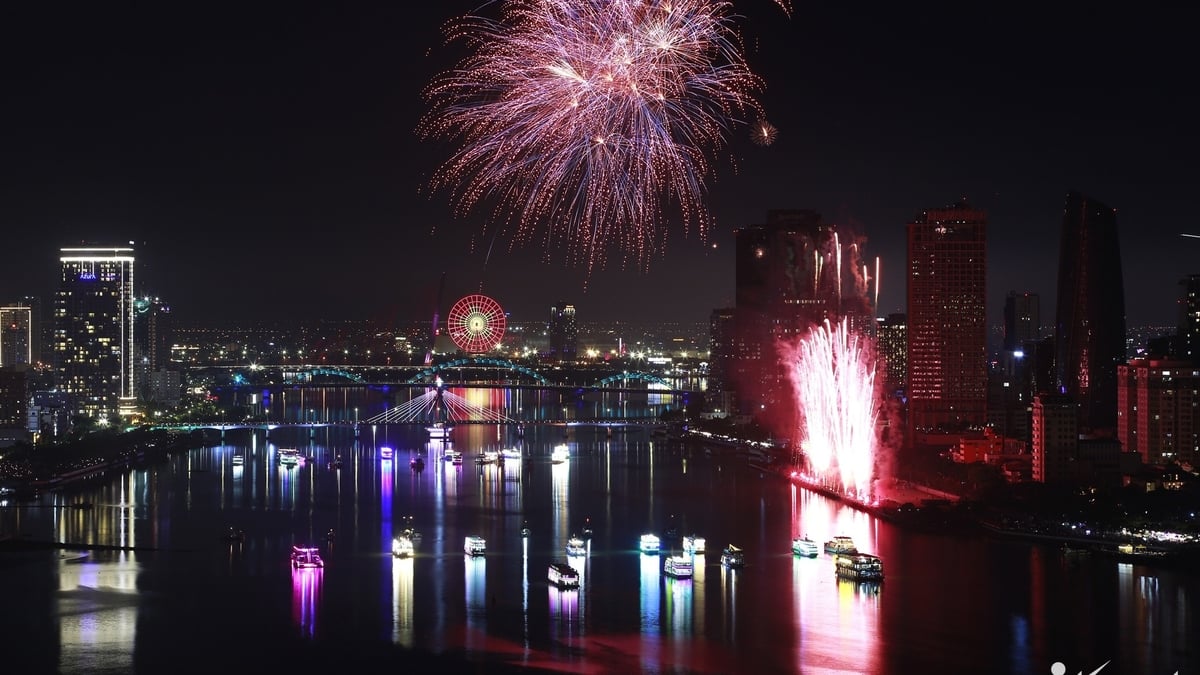
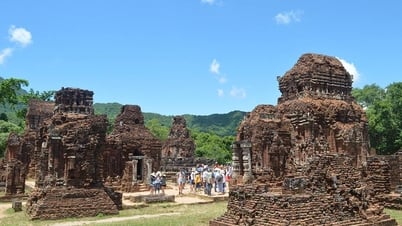






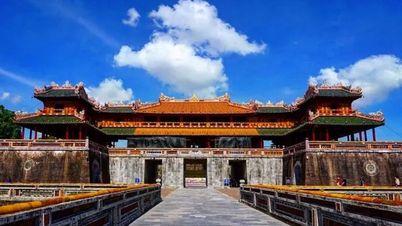
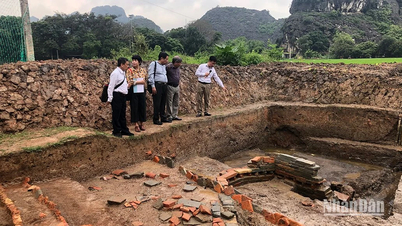















































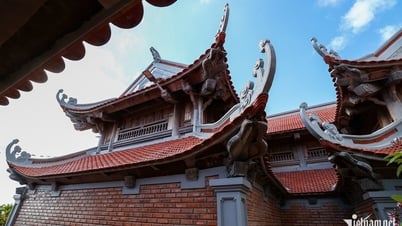





































Comment (0)